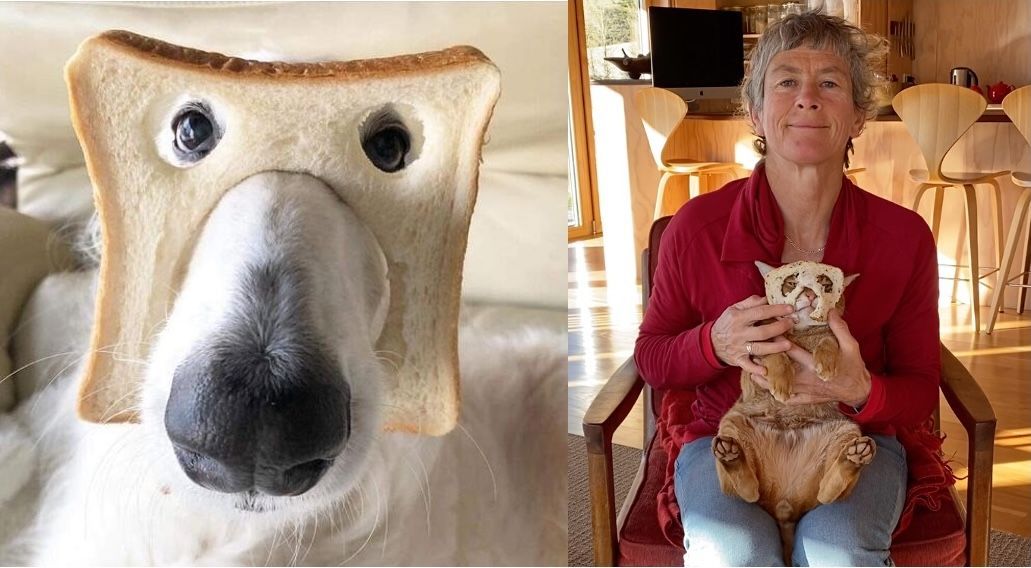Cat bonds
A pure bread dog and a mixed bread cat - torturing our ever-tolerant cat Loki in the COVID lockdown.

Jamaica will soon get a USD150 million insurance payout following the passage of Hurricane Melissa. The payout will be from a parametric cat bond, a type of insurance I only heard about recently after Sarah told us about hearing of them in a workshop for the UK Climate Commission.
Cat bonds are nothing to do with funny videos on social media. Or weird behaviours with pets. Cat, or catastrophe, bonds are a type of insurance for major natural disasters created in the 1990s in response to Hurricane Andrew and the Northridge Earthquake. The bonds are an investment vehicle where investors receive a given annual return unless a catastrophe occurs, in which case some or all of the investor’s principal will be paid out. Cat bonds are rapidly becoming more common as risk due to climatic events increases – many governments and insurance companies are using them. The global market in 2023 was estimated at USD43 billion. New Zealand’s Natural Hazards Commission (previously EQC) issued $225 million of cat bonds in 2023 to diversity its reinsurance portfolio (insurance for insurers). The cat bonds are triggered by NHC losses of over $2 billion.
Cat bonds are attractive as a diversification strategy for investors because they bear little relationship to any other investment vehicle (fixed income or equities). And cat bonds generally pay higher interest rates than comparably rated corporate investments, as long as they are not triggered! Swiss Re returned nearly 18% in 2024 and 40% over the two years 2023-2024. Between 2002 and 2023, Swiss Re’s cat bond return was 6.7% per annum. Cat bonds usually have a term of three years. Investors in cat bonds include hedge funds and retirement fund schemes. The NZ Superannuation Scheme and the Government Superannuation Fund invest in cat bonds.
Cat bonds have four basic types of cover:
- Indemnity – triggered by the issuer’s actual losses. The losses have to be calculated to quantify the payout.
- Modeled loss – parameters of a catastrophe e.g. wind speed or ground acceleration of an earthquake are used to model the likely damage and the scale of the payout. This avoids the time and complexity of numericising actual loss.
- Industry loss – the cat bond is triggered when the loss reaches a specified threshold for the insurance industry (the loss being calculated by a recognised agency).
- Parametric – the trigger is indexed directly to the scale of the catastrophic event i.e. when the hurricane wind speed or earthquake ground acceleration is higher than a given threshold, there is a payout – as in the Jamaica hurricane. This is the simplest and quickest approach to calculating a payout.
A combination approach is Parametric indexed – because of the lack of correlation between actual loss and payout in parametric bonds, some bonds combine parametric and modeled loss to create a payout function.
As well as type of cover, bonds include the type of trigger. There are two main categories:
- Aggregate – the sum of losses over a time period
- Per occurrence – loss from a single event
The most common cat bond structures combining the cover and trigger are:
- Industry loss aggregate – the sum of losses to the insurance industry over a given timeframe breaching a given monetary level.
- Indemnity per occurrence – the loss from a single event to a specific insurer breaches a given monetary level (NHC).
- Parametric per occurrence – the parameter for a single event exceeds the given threshold (Jamaica).
The advantage for Jamaica of their parametric cat bond will be the rapidity of payout to assist recovery. Anyone who lived through the Canterbury earthquakes will know how long and tortuous an insurance estimation of loss process can be – from many months to many years. On average, it takes 2-3 years for an indemnity cat bond to pay out and 3 months for a parametric cat bond.
Investors remain keen on cat bonds for diversification, despite their inherent risks. In 2024, a record USD4 billion of cat bonds were issued globally. There’s never a lack of investors who are prepared to gamble, including on cat bonds. While science can estimate annualised risks of particular catastrophic events, no one can predict whether a devastating hurricane, or earthquake, will happen this year or next year or in the timeframe of any particular cat bond. Will investors go off cat bonds when they lose their money? Or will they push the handle on the pokie machine again in the hope next time they will be lucky? I know which of those I’d bet my money on.







